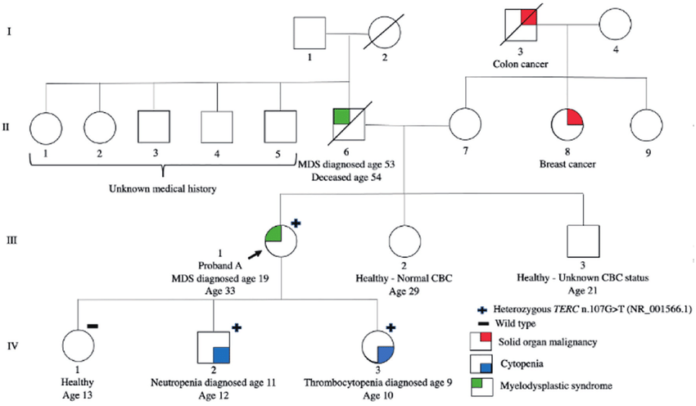Introduction: Roman Numerals
Tracing one’s roots and discovering the stories of our ancestors is a captivating journey that allows us to connect with our heritage and understand our place in history. Genealogy and family history research provide a glimpse into the lives of those who came before us, but the process is not without its challenges. One such hurdle lies in deciphering Roman numerals commonly found in historical documents, gravestones, and even old family records. In this blog post, we’ll explore the significance of Roman numeral converter in genealogy research and how they can be instrumental in unlocking the mysteries of our family history.
The Origins of Roman Numerals
Roman numeral conversion have a rich history dating back to ancient Rome. Developed around the 7th century BC, this numerical system was widely used in the Roman Empire and later spread across Europe, becoming a standard method for recording dates, counting, and numbering various objects. Unlike our modern decimal system (Arabic numerals), Roman numerals are based on combinations of letters from the Latin alphabet, such as I, V, X, L, C, D, and M.
Roman Numerals in Historical Documents
When delving into genealogy and family history research, you will inevitably encounter documents that date back centuries. Many of these may include dates and other numerical references presented in Roman numerals. Understanding these numerals is crucial to accurately deducing significant events, such as birth and death dates, marriage records, and property transactions.
Dates in Church Records: Parish registers and church records, which form the backbone of genealogical research, often employ Roman numerals to indicate the day, month, and year of important life events like baptisms, marriages, and burials. Knowing how to interpret these dates can lead to discovering generations of family connections.
Monumental Inscriptions: Gravestones and memorials are another valuable source for genealogists. Roman numerals engraved on tombstones denote the year of a person’s birth and death. Deciphering these numerals can provide critical information to complete the timeline of an ancestor’s life.
Legal Documents: Wills, property deeds, and legal agreements from the past might feature Roman numerals in enumerating terms, conditions, and monetary values. Understanding these numerals can shed light on ancestral wealth, properties, and family relationships.
Cracking the Code: Roman Numerals Deciphered
Though Roman numerals may seem daunting at first, with a little practice and guidance, their interpretation becomes relatively straightforward. Here’s a quick guide to the basic Roman numerals:
I – 1 | V – 5 | X – 10 | L – 50
C – 100 | D – 500 | M – 1000
Roman numerals are usually read from left to right, and if a smaller numeral appears before a larger one, you subtract the smaller from the larger. Conversely, if a smaller numeral follows a larger one, you add the two values together.
Research Tools and Resources
To assist in the decoding process, there are various online resources and mobile apps available that can quickly translate Roman numerals into our familiar Arabic numeral system. Additionally, genealogy communities, forums, and local historical societies can provide valuable guidance and support when dealing with old documents and deciphering Roman numerals.
Conclusion
In the world of genealogy and family history research, the ability to interpret Roman numerals is a skill that can significantly enhance one’s capacity to reconstruct the past accurately. Armed with this knowledge, researchers can breathe life into the names and dates on dusty old documents, enabling them to connect the dots and paint a vivid picture of their ancestors’ lives.
While the journey of tracing one’s genealogy may present its fair share of challenges, the satisfaction of unearthing long-forgotten family stories and honoring the legacies of our forebears makes it all worthwhile. So, embrace the enigma of Roman numerals and delve deeper into your family’s history to uncover the timeless tales waiting to be discovered. Happy researching!

